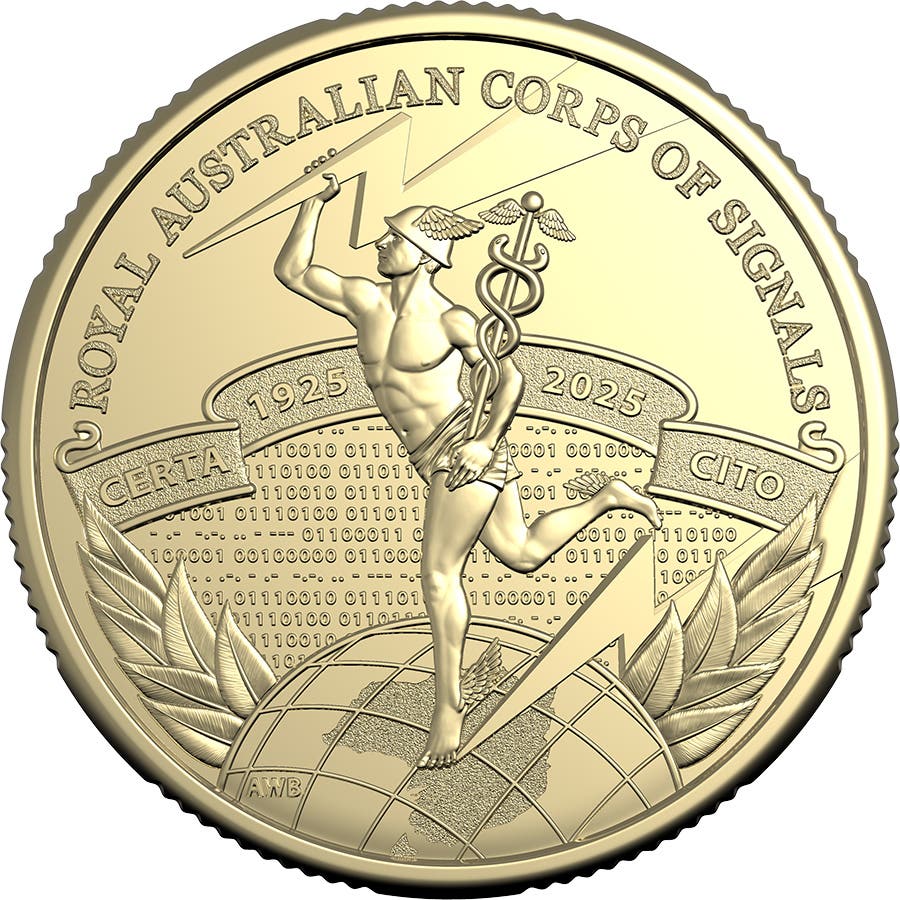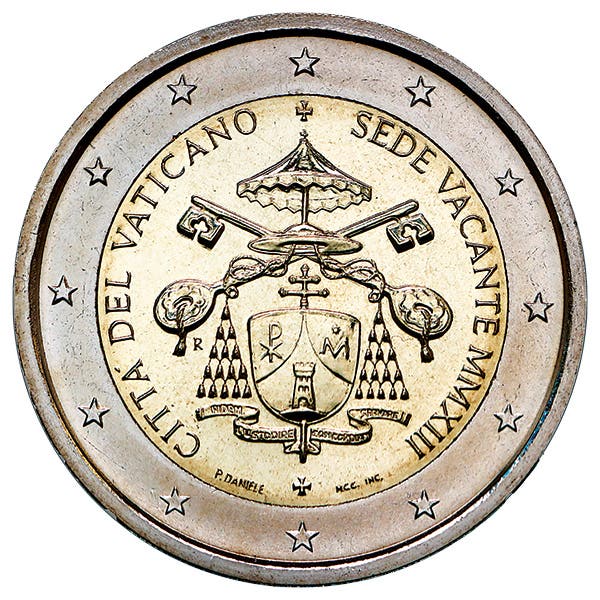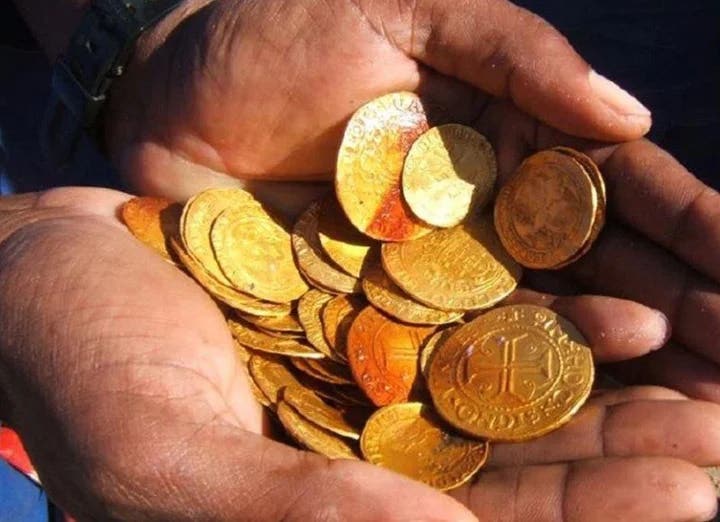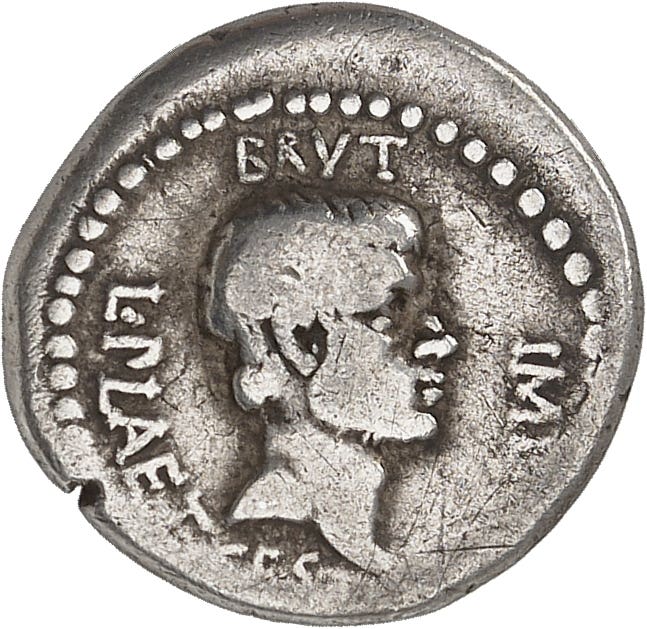Legendary 1888 Cocobola Surfaces at Sedwick Auction 27
By Tom Michael With Daniel Frank Sedwick LLC Treasure auctions, you can always expect to find a wonderful selection of silver cobs; those irregular, chunky silver coins produced so quickly…
By Tom Michael
With Daniel Frank Sedwick LLC Treasure auctions, you can always expect to find a wonderful selection of silver cobs; those irregular, chunky silver coins produced so quickly and in such quantity through the Spanish mints in the New World. While many date, assayer, and mint denomination combinations are common, there are many others that are extremely scarce and still more being discovered as the years go by. I always take a look at the DFS Treasure Auctions to see what’s new in the cob market and to peruse the odd shipwreck finds, hoping to expand my knowledge.
With DFS Treasure Auction 27, it was not until the last week in May that I was reminded, by a fun CoinWeek podcast interview with Dan Sedwick, conducted by Charles Morgan, that the sale would be closing at the end of the week as I write this. As I worked on a project I had the podcast running in the background and was moving right along until I heard Dan say “Cocobola.” Being a fan of Colombian numismatics, this caught my attention.
The Cincuenta centavos known as the “Cocobola” was struck for circulation in 1887. The recorded mintage is quite high, but the coin was extremely unpopular due to the continued reduction in fineness to 50 percent or .500 fine, which had been instituted by Colombian President Rafael Nunez in 1885. To top that off, a new bust of Liberty had been designed for this 50 centavos piece, which was modeled on the likeness of Nunez’s wife, First Lady Soledad Roman. Soledad was as politically active and influential as her husband and the two of them had been moving Colombia in the direction of a very authoritarian nation as a response to a near chaotic, yet freedom enhancing liberal period.
Colombia has a rich and confusing political history, which is truly a marvel for historians to study. For purposes of present explanation, suffice it to say that in 1863 following a two year Civil War, the liberal winners renamed the country Estados Unidos de Colombia (United States of Colombia) and created the Constitution of Rionegro, which brought the citizens of the country a great deal of freedom and the states plenty of autonomy.
By 1876 these freedoms and independent rule had begun to create problems at the federal level and more conservative politicians repealed the Constitution of Rionegro. They renamed the government the Republic of Colombia since separate state rule had been a big part of the problem for the federal government, and wrote a new constitution in 1886 to back up this federal control. The President became a Congressionally elected position and his term expanded from two years to six years. State Presidents became Department Governors and once their terms were served, the Federal President appointed new people. Those appointed Governors, in turn, appointed mayors throughout their departments, except for Bogota’s Mayor, who was appointed by the Federal president. Elections by the public were basically limited to department assemblies and municipal councils. In effect, the countries’ direction fell under the control of a limited group of people and stayed that way for a very long time.
So back to our coin, the Cincuenta centavos of 1887; why was it referred to as “Cocobola”?
During the long conservative period following those 23 years of expanded freedoms there were folks who fought to regain what they had lost. In 1885 Colombia found itself in Civil War, with rebels led by Pedro Prestan clashing with Colombian federal troops in the department of Panama within the city of Colon. An American delivery of arms was held up in port, Prestan got mad and arrested some Americans, negotiations ensued, Colombian troops took the opportunity to move in and in the end Colon burned and the American garrison pulled back as there was no hope in saving much of any foreign-owned property that they were there to protect. Afterwards, United States troops returned and occupied both Colon and Panama cities and Prestan was hanged for having given the orders to burn Colon.
It’s rather difficult to determine exactly who was responsible for the Burning of Colon and Prestan was eventually absolved of having given the order, though his life had already been forfeited. At the time however, it was believed that, as the DFS Auction 27 lot description explains, “Prestán’s revolt, ostensibly opposing the involvement of the United States of America in the conflict (the US’s interest, of course, being the construction of a canal connecting the Pacific Ocean to the Caribbean Sea), employed two Caribbean liberals, the Haitian Antoine Pautricelli and the Jamaican George Davis, to burn down the city of Colon. George Davis, later hanged for this crime, was better known as “Cocobolo.’”
The French had begun work on a canal through Panama in 1881 and all countries, particularly the United States, were watching closely. George Davis was in Panama to work on the Canal, having been hired by the Kingston, Jamaica, agent of the Canal Company, a Mr. Gadpaille. Davis came in on the Royal Mail Company’s steamship, the Dee. He was a big guy, and a big drinker, as many of the Canal workers were.
At some point Davis and Pautricelli had left canal work andjoined Prestan’s rebels as they were there in Colon with him. However, after Prestan’s retreat, Davis and Pautricelli were captured in the city by Lieutenant Robert Doyle of the U.S. Navy, arrested, court-martialed, and hung. While Pautricelli denied guilt in a letter to Prestan and in a gallows platform speech, Davis simply said “adios” before being hung.
Afterwards, Davis’s nickname of “Cocobolo” was used in Colombia as a derogatory term, meaning “no good.” So when the public realized that the 1887 Cincuenta centavos, a coin already known to be of limited silver content, had a debased piece of currency, and featured their disliked First Lady, they gave it the feminine gender nickname “Cocobola.”
But knowing the history of this intriguing coin’s nickname does not complete the story. As I tuned back into the podcast with Daniel Sedwick, I realized he and Charles Morgan were talking about an 1888 Cincuenta centavos of the Cocobola style. While the 1887 date of this type has always been a difficult coin to find, presumably because of its unpopularity at the time of circulation, the 1888 issue is almost unobtainable. Production for the 1888 dates began, but was halted due to public distaste for the type. A few of the 1888 dates were released and remained in circulation, while the rest were recalled.
The standard reference for Colombian half dollars, written by Jorge Emilio Restrepo and published in volumes over time until it was combined into a single edition in 2006, indicates that only five examples of the 1888 Cocobola are known to exist. This particular example is the plate coin from Restrepo’s book.
I had never seen any of the 1888 Cocobola types on the market, but while researching for this article I did find an AU Detail, but cleaned example, had sold at the Stack’s Bowers Galleries ANA Auction in August of 2018. That example sold for $22,000 and it was the first auction appearance I could locate.
The Restrepo plate coin auctioned in this Daniel Frank Sedwick Auction 27 in May 2020 was graded VF-30 and realized $10,000. I will be shocked if another example surfaces over the next 10 years, but who knows.
Overall, the DFS Auction 27 was a very successful sale, with many rarities to offer. Connor Falk let me know that they had many more bidders than ever before and achieved total sales over $2.4 million. That’s fantastic news and a great sign for the Latin American area of the numismatic market.
So now, in addition to cobs and treasure coins, I will need to be closely watching Daniel Frank Sedwick sales for a new specialty; rare Colombian coins. In fact, while looking through Auction 27 I noticed a few other Colombian coins that should be mentioned here.
There were several extremely tough coins from the Restrepo half dollar series in the sale. One standout was the Medellin Medio peso of 1868, which is a very rare single date type of the Estados Unidos de Colombia period. You don’t see this coin often and the auction catalog description reminds us that only six are known. Most known examples are well worn, but this piece is PCGS graded MS-62. It’s the only mint state example and was the Restrepo plate coin. The final hammer price was $32,500, so $38,675 with the juice. Similar to the Cocobola coin, you have to go back to the Stack’s Bowers Galleries ANA sale in 2018 to find a comparable piece, the second best example, a PCGS graded AU-50 that sold for $17,000. I could find no other examples at auction.
Many of the other Colombian highlights from this sale are also Restrepo plate coins and of the highest quality. I’ll rattle them off here for reference. The Popayan 5 decimos KM-153.6 is a very rare type with two extremely rare dates in its run. The 1880 strike, of two believed to exist, sold for $3,250. The 1886 dated varieties of Colombian 5 decimos are extensive and one of the rarest has a curl of hair on top of the Liberty bust and lacks stars or dots at the sides of the Medellin mint name. It catalogs as a Restrepo 304.1 and KM-164.2. The Restrepo plate coin sold in DFS Auction 27 for $1,700, which is a fine bargain for its astute new owner. Not a rare type, but a real grade rarity, a little Medellin half decimo of 1868, recognized as the finest known example at PCGS MS-64, sold for a stunning $950 to a collector of high-quality coins. Another connoisseur grabbed the Bogota half decimo of 1871, also finest known of its type grading PCGS MS-63 for $475 at closing hammer. Restrepo’s plate coin for his 401.1 and KM-167, the unique Medellin 1888 5 decimos with elongated head and slightly shorter hair, sold for $2,600 or just over $3,000 with the juice. That is a great bargain for a coin that will be the centerpiece of any Colombian half dollar collection. Finally, the plate coin for Restrepo 404.1 or KM-168, a Medellin 5 decimos with large bust and stars and leaves in the legend sold for $5,500, also a great bargain, as I have never noticed this coin selling at auction or even been able to get an image for the Standard Catalog of many years of looking. One final note regarding all the varieties cataloged by Restrepo for the half dollar series is offered in the DFS lot description, “Restrepo’s theory as to why there was so much variation in design in the Medellin 5 decimos of 1887-9 is that “the engraver was sent to jail and nobody else had a good understanding of die production procedures.”
Not to neglect the colonial period of Colombian numismatics, I really also have to include the fabulous Nuevo Reino 1770 VJ 8-reales of Charles III that featured in the DFS Auction 27. This coin is gorgeous, graded by PCGS as MS-65, and displays bright fields and proof like qualities. It is crazy to find a coin like this, as all milled colonial pillar dollars of Colombia are quite rare and very desirable in any state of preservation. They were only struck in three years; 1759, 1762 and 1770 and you hardly ever come across examples let alone mint state strikes preserved like this. I just can’t emphasize this strongly enough. So the hammer price of $85,000 or $101,150 with the juice is not at all surprising. This coin is worth every penny of that and will only go up in value as time goes on.
The lot description gives a little background. This is “the only MS-65 over a handful of choice MS-62 - MS-64 pieces at NGC (and a single MS-64 at PCGS), all from the same group discovered in Bogota in the area of the foundation of the forgotten former location of the Nuestra Señora del Pilar convent, for whose dedication in 1770 these pillar dollars were supposedly specially struck.” This is the second one from this group sold through Daniel Frank Sedwick LLC and was also the plate coin for Jorge Emilio Restrepo’s seminal Coins of Colombia published in 2012.
For more information on this and other auctions, visit auction.sedwickcoins.com.
As an Amazon Associate, Numismaticnews.net earns from qualifying purchases made through affiliate links.








